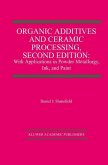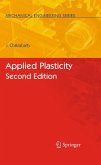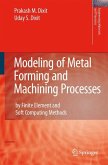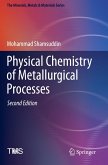Science and Engineering of Casting Solidification, Second Edition covers the essentials of solidification science of metals and alloys at macro- and micro-length scales at cooling rates specific to commercial castings and rapid solidification processing. The mathematical fundamentals necessary to build a working knowledge in the field, specifically partial differential equations and numerical analysis, are introduced. Each topic begins with the description of the underlying physics, followed by the mathematics required to build analytical and numerical models. Wherever possible, a detailed description of the architecture of the numerical model is provided, followed by examples of models built on the Excel spreadsheet.
Features of this new edition include:
Expanded sections on peritectic solidification and shrinkage porosity mechanisms and modeling,
A new chapter addressing rapid solidification and bulk metallic glasses,
Additional solved problems,
Revised and simplified derivations of several models.
Science and Engineering of Casting Solidification, Second Edition will prove useful to senior undergraduate and graduate students, as well as to industrial researchers that work in the field of solidification in general and casting modeling in particular. The detailed coverage of casting defects will also make it useful to industrial practitioners of metal casting.
Features of this new edition include:
Expanded sections on peritectic solidification and shrinkage porosity mechanisms and modeling,
A new chapter addressing rapid solidification and bulk metallic glasses,
Additional solved problems,
Revised and simplified derivations of several models.
Science and Engineering of Casting Solidification, Second Edition will prove useful to senior undergraduate and graduate students, as well as to industrial researchers that work in the field of solidification in general and casting modeling in particular. The detailed coverage of casting defects will also make it useful to industrial practitioners of metal casting.








